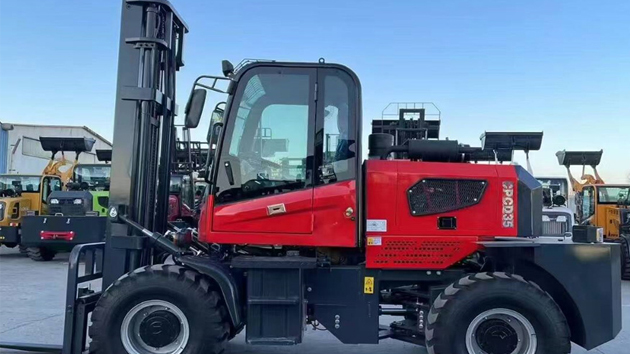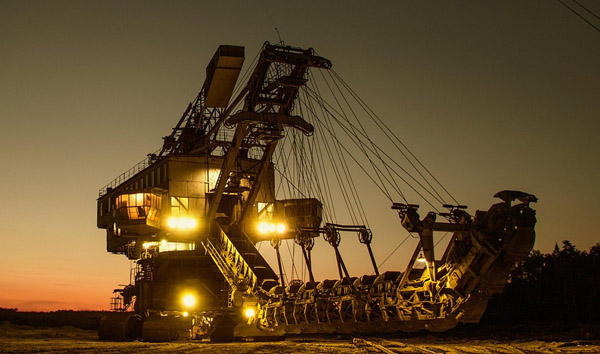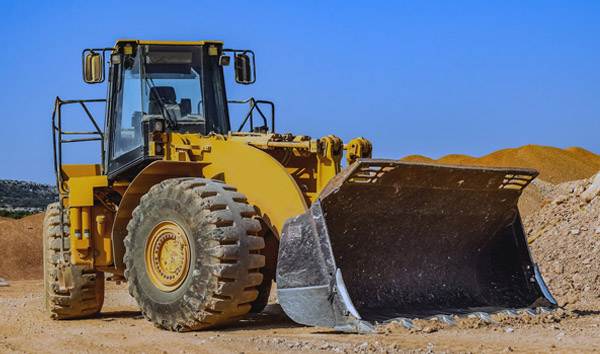The Economic Impact of Small Loader Pricing in Modern Construction
2025-07-24 05:00:21
The global construction industry has seen a steady rise in demand for small loaders, driven by urbanization and infrastructure projects. Small loader pricing varies significantly based on brand, capacity, and technological features. Recent data from the International Construction Equipment Association (ICEA) indicates that entry-level models start at $25,000, while high-efficiency automated units can exceed $60,000. These price points reflect advancements in fuel efficiency and automation, which are reshaping procurement strategies.
Market competition heavily influences small loader pricing, with manufacturers like Caterpillar, Bobcat, and Kubota dominating the sector. A 2023 industry report by McKinsey & Co. revealed that Asian manufacturers have gained a 12% market share by offering competitively priced alternatives, often 15-20% lower than Western counterparts. However, buyers must weigh upfront costs against long-term maintenance expenses, as cheaper models may lack durability in high-intensity operations.
The ROI of small loaders depends on utilization rates and operational efficiency. According to a case study by Construction Dive, contractors using small loaders for 1,500+ hours annually recover their investment within 18-24 months. Telematics integration, now standard in 60% of new models, further optimizes performance tracking, justifying premium pricing. As emission regulations tighten, electric small loaders—priced 30% higher than diesel variants—are projected to capture 25% of the market by 2026, per Frost & Sullivan.
In summary, small loader pricing reflects a balance between innovation and affordability. Stakeholders must prioritize lifecycle cost analysis over sticker prices to maximize value in an evolving market.














